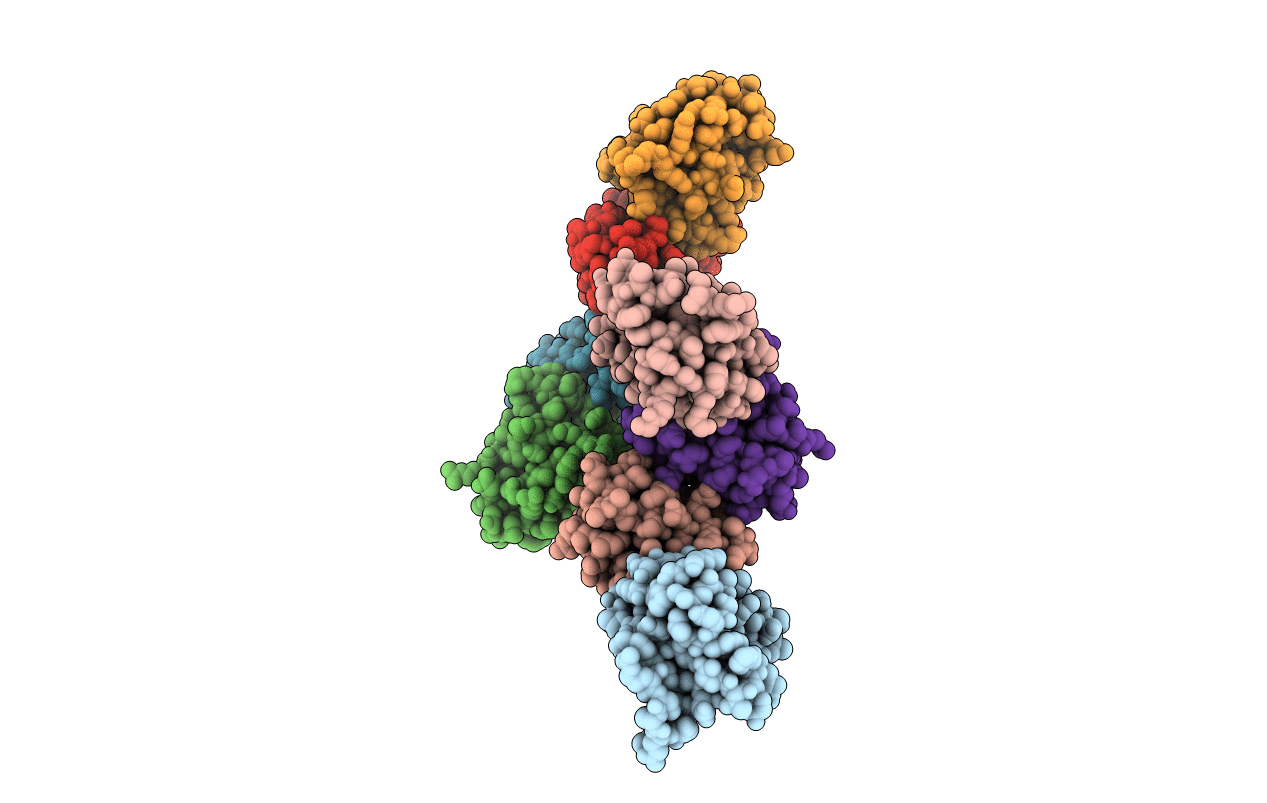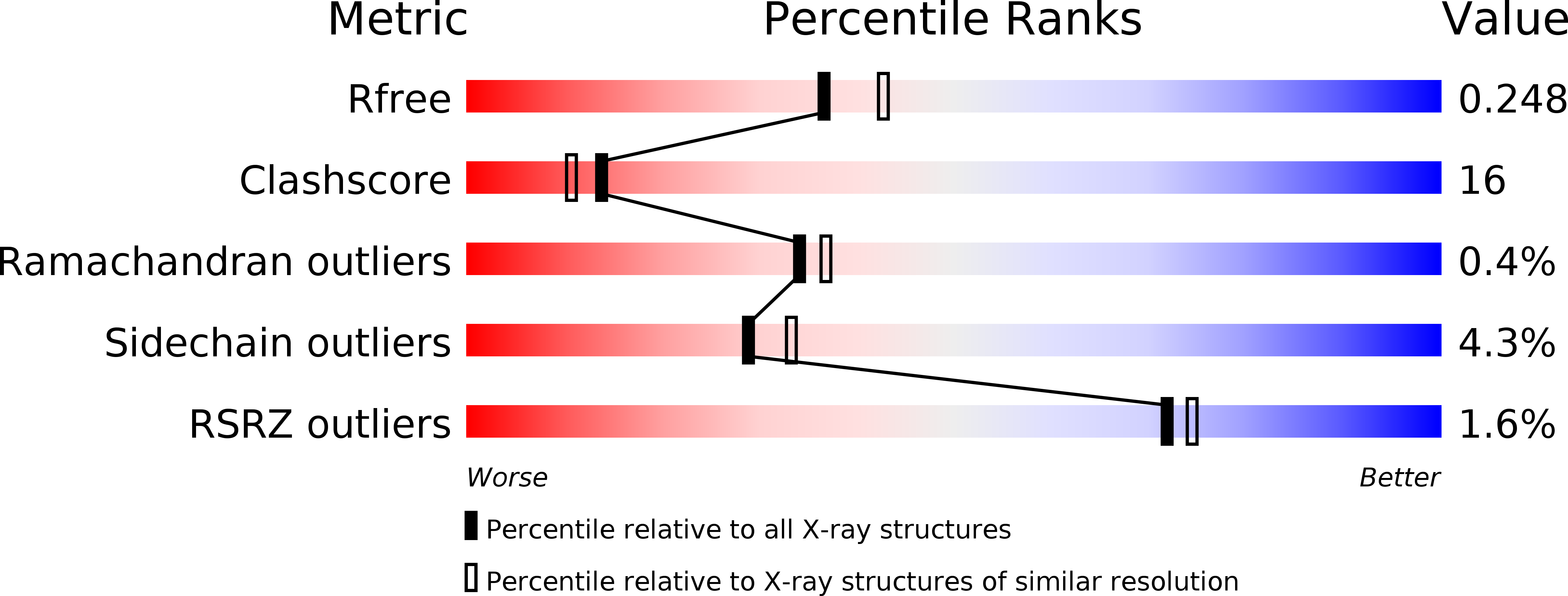
Deposition Date
2008-05-28
Release Date
2009-04-14
Last Version Date
2023-08-30
Entry Detail
PDB ID:
3DA7
Keywords:
Title:
A conformationally strained, circular permutant of barnase
Biological Source:
Source Organism:
Bacillus amyloliquefaciens (Taxon ID: )
Bacillus amyloliquefaciens (Taxon ID: 1390)
Bacillus amyloliquefaciens (Taxon ID: 1390)
Host Organism:
Method Details:
Experimental Method:
Resolution:
2.25 Å
R-Value Free:
0.25
R-Value Work:
0.20
R-Value Observed:
0.20
Space Group:
P 1


